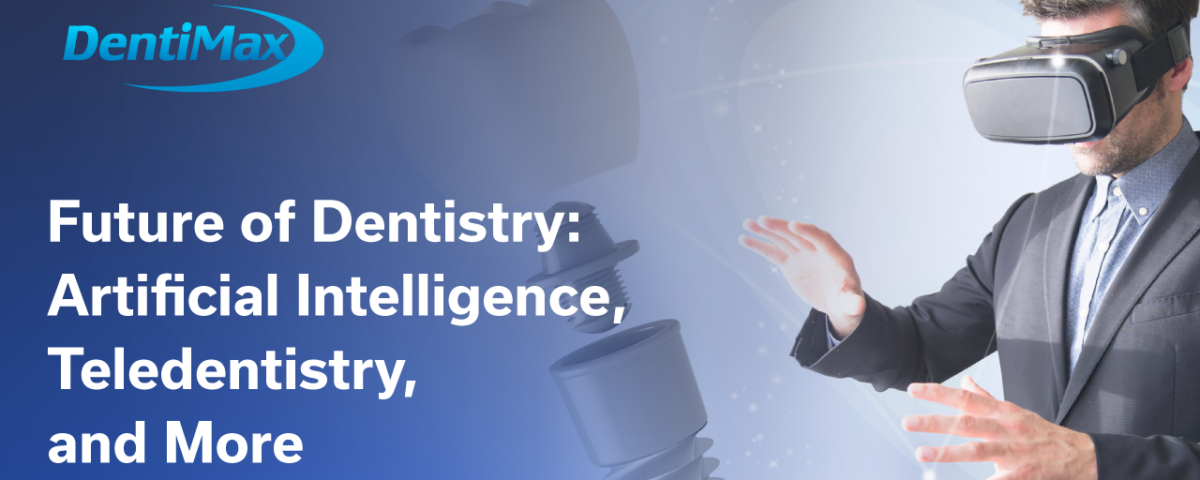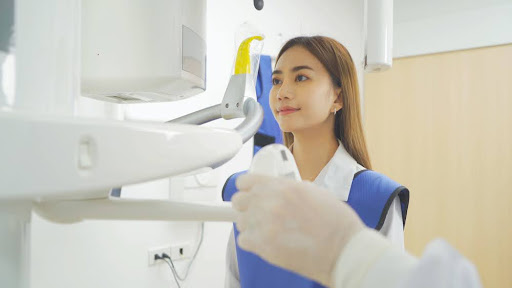Dental technology developed slowly over the centuries. The first prototype of a toothbrush was created in 1770, with today’s mass-produced nylon brushes not hitting the market until 1938. Meanwhile, modern dental implants only date back to the 1960s. After centuries of incremental improvements, digital dentistry has led to drastic changes over the past 20 years. 3D printers and computer-aided design (CAD) allow manufacturers to create perfectly-sized implants and corrective equipment. Digital scanners and handheld intraoral cameras improve diagnostic capabilities. Advances in augmented reality help dental students hone their skills. All these help as your practice moves into the future.
In addition to diagnostic and treatment changes, the advances in telemedicine have helped dental services become more accessible to patients who would otherwise be unable to visit a clinic. Here is a closer look at how the trends in dental technology have changed and continue to rapidly improve the level of care that patients get from dentists, orthodontists, and oral surgeons.

Teledentistry
According to the American Teledentistry Association, teledentistry is "the use of electronic information, imaging and communication technologies… to provide and support dental care delivery, diagnosis, consultation, treatment, transfer of dental information and education."
In practice, teledentistry involves using video conferencing platforms to conduct examinations, ask patients questions, and make basic diagnoses without requiring the patient to visit a clinic in person. In some cases, dentists rely on audio calls with patients describing symptoms verbally. On the other end of the tech spectrum, dentists can use high-tech monitoring software to collect data on patient conditions for more accurate diagnosis or treatment planning.
The American Teledentistry Association points out that 70% of patients are comfortable using video, audio, and text if it is more convenient than traveling to a clinic. Also, virtual visits can be essential to the 20% of Americans in rural areas without easy access to dental services.
Finally, virtual visits free up appointment time for patients who need urgent treatment or have to visit clinics for procedures. The increase in demand for teledentistry means that dentists need quality communication tools to allow clear video and audio feeds. These platforms provide pictures and features that allow dentists to carry out accurate exams.

Artificial Intelligence
Artificial intelligence (AI) uses algorithms, natural language processing, and automated image analytics to create solutions, diagnoses, and treatment options without human intervention.
One example of AI in dentistry is the use of software to analyze x-rays, scans, and pictures of a patient’s teeth and jaw. The program can automatically design braces based on its analysis and even print them on a 3D printer.
AI can also help with diagnoses after the dentist inputs patient symptoms and x-rays. The program can also predict the progression of tooth decay, gum disease, cancers, and other common oral health problems based on variables detected in patient data and images.
Dentists are trained to diagnose and treat oral health problems. However, software can analyze vast amounts of data almost instantly, bringing speed and accuracy to the diagnostic process.
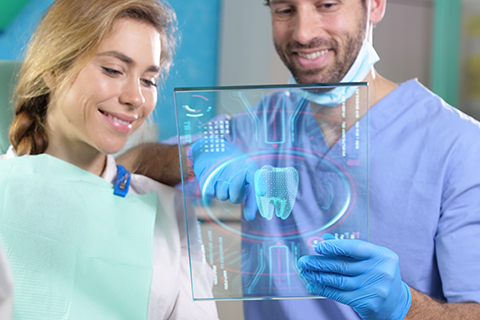
Augmented Reality
Augmented reality (AR) combines real-world data with virtual enhancements in text, image overlays, audio, and graphics. The goal of AR is to enhance the user’s interactions with the real world rather than creating a virtual world.
AR can help with training by giving dental students the ability to train in various real-world scenarios. It can add variables to training sessions so dentists can gain experience with different diagnostic practices, diseases, and procedures.
According to the Journal of Oral Biology and Craniofacial Research, AR can be deployed to help oral surgeons with some of the most complicated procedures they will encounter. Some craniofacial surgeries require precision because of the compact anatomy of the face. AR programs can project guides that point out the various elements and help surgeons see exactly where to work and which areas to avoid.
The same principle of projecting information onto a patient can also work when placing dental implants. AR software can help dentists situate the implants exactly as planned before they surgically attach them. They can improve accuracy and outcomes and avoid costly mistakes.
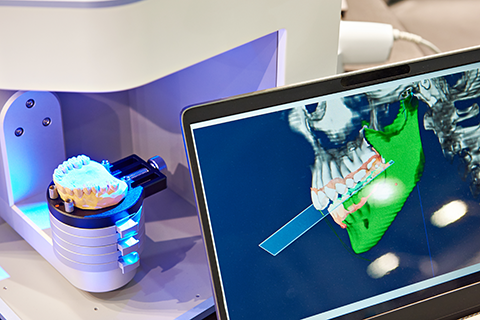
3D Printing
3D printing has multiple applications in dentistry. This technology uses software to create uniquely shaped items. The ability to customize is essential for dentists because guides, implants, and other dental items need to fit the unique shape of each individual patient’s mouth. No two retainers or implants will be exactly the same.
In addition to crowns, implants, and bridges, 3D printing can create aligners, retainers, models, molds, and surgical guides. The machine can make these items based on digital designs and data. The primary advantage is that the process is automated, so it is much more cost-effective than having to hand-make each individually shaped item.
Also, once they have the information and design, 3D printers can create the items regardless of the location. This means that patients can get their aligners or retainers made conveniently closer to home.
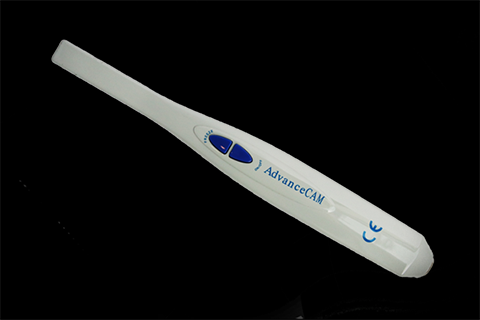
Integrated and Smart Devices
Smart devices can help with dental exams, monitoring conditions, and creating images that dentists can use for diagnostics.
X-ray sensors are a prime example of these devices. Intraoral sensors, which patients hold in their mouths, can create clear, high-resolution images with much less radiation exposure than traditional film x-rays. Better yet, dentists can integrate the sensors with imaging software to assess and store images and run AI-powered diagnostics.
It is also possible to feed patients’ images and records into practice management software, which puts everything from patient information to appointment scheduling in one central place for easy storage, better security, and more convenient data access.
Other smart devices include intraoral cameras. These wand-mounted video capture tools allow dentists to examine patients’ teeth without having to look directly into their mouths. In addition to convenience and comfort, the cameras allow dentists to get clearer pictures of the areas of the mouth they would otherwise be unable to see.
Finally, smart devices have even made their way into the consumer oral care market. Smart toothbrushes collect data as the user brushes their teeth. The embedded system can then offer feedback via a mobile app to help the user improve their brushing technique.
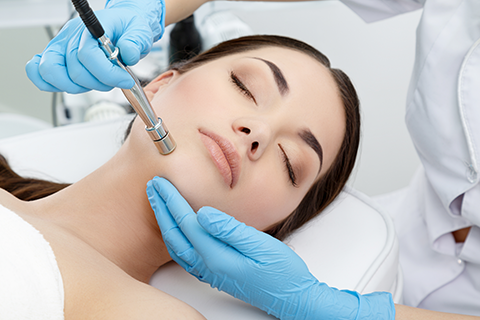
Regenerative Treatments
Regenerative therapy focuses on spurring the biological process of cell regeneration in teeth. The goal is to expedite the development of teeth by mimicking the cellular makeup of children’s teeth and mouse teeth, which continuously grow throughout the animal’s life.
Recent developments give scientists hope in two areas. First, by copying the cellular makeup of people or animals with developing teeth or tissues, dentists hope they can get the body to repair teeth or gums naturally.
Second, scientists hope they can use 3D bioprinting to distribute cells in a way that will regrow damaged tissue. The printer mimics natural development by placing cells layer by layer so that they create the normal functionality and structure of naturally grown tissues.
The recent advances in dental technology have helped improve dentists’ diagnostic and treatment abilities. Current research and development in areas like AI, smart devices, and regenerative dentistry will continue to improve oral health and treatments for patients in the coming years.


